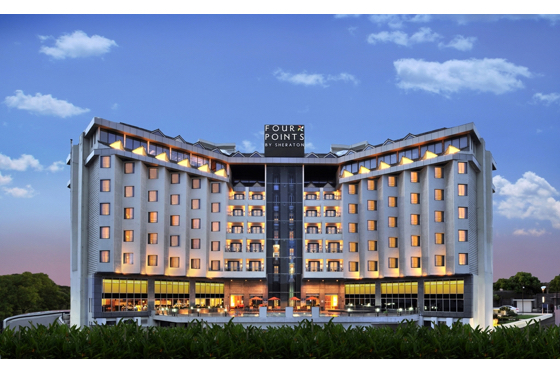A more positive outlook prevails in India today with signs of encouraging economic growth and an increase in domestic tourism pointing to a payoff for companies with the capital to seize the growth opportunities. A pipeline, which has decreased 22% by projects and 23% by number of rooms since 2014, according to Lodging Econometrics, is starting to pick up again. But, with growth come challenges.
“If you were to ask me what is the biggest threat to Indian hotels improving their performance, I would say it’s actually the quality of operations being offered by hotel companies,” said Manav Thadani, HVS’ Asia Pacific chairman.
The same concern is echoed by other hotel companies in a country that could be tripped up by education, even as it is marshaling momentum in critical economic and infrastructure areas. “Perhaps the single largest challenge for the hospitality industry is the scarcity of trained, experienced and motivated talent,” concurred William Costley, vice president, operations – South East Asia and India, Hilton Worldwide. “We see this primarily in emerging markets.”
Ashish Jakhanwala, CEO of SAMHI, a hotel investment and development firm, also cited employment as a challenge. “There are enough people, but not enough good people,” he said. “The industry at large is struggling with training an adequate number of people to handle the growth.” Most hotel companies are struggling, he said. “We don’t have a paucity of people, but we do sometimes feel that the industry needs to enhance the skill sets of people. It needs to do a lot more on that front.”
Thadani also pointed to a lack of training impacting managers’ ability to drive hotel rates despite an increase in occupancies over the past year and a half. Current GMs, he said, might not be accustomed to thinking about opportunities in front of them, or perhaps they lack the in-house expertise.
“All they have seen in the past seven or eight years is declines, and they are afraid to pull their rates up,” Thadani said. “There’s no yield management happening, no focus on creating a strategy to increase room rates. If the airlines can do a fantastic job of rate strategy, then why can’t the hotel industry? It could be a lack of training or a lack of application.”
Thadani sees it elsewhere in Asia as well. “Six months ago, I thought it was the aggregators coming into the market… But the more I look into it, it’s more the quality of the manpower that isn’t taking those decisions,” he said. “We’ve left too much to technology.”
Hilton Worldwide is taking its own steps. “We have a robust strategy in place to attract talent, especially youth, and provide them with learning and development opportunities to excel in their work,” Costley said. The company also has a partnership with Room to Read in India, a literacy group, and a job-shadowing program to educate girls on opportunities in the hospitality industry.

Here is what’s at stake with a recap of India’s pipeline from Lodging Econometrics:
The leading franchisor in India is Intercontinental Hotels Group, with 45 projects/8,563 rooms. India’s construction pipeline ranks fifth in the world, ahead of the U.K. and behind Brazil, Indonesia, China and the U.S.
Q415 by product stage
(% change year-over-year)
Under construction
154 projects (-22%), 24,933 rooms (-23%)
Start next 12 months
56 projects (-15%), 8,031 rooms (-24%)
Early planning
126 projects (8%), 17,789 rooms (12%)
Total pipeline
336 projects (-12%), 50,753 rooms (-13%)
Top markets Q415
All of the top markets were down year over year except Bangalore, which added 6 projects/623 rooms.
Mumbai
31 projects/6,336 rooms
Bangalore
30 projects/6,276 rooms
Hyderabad
16 projects/3,107 rooms
Gurgaon
15 projects/2,754 rooms
Noida
13 projects/2,323 rooms
